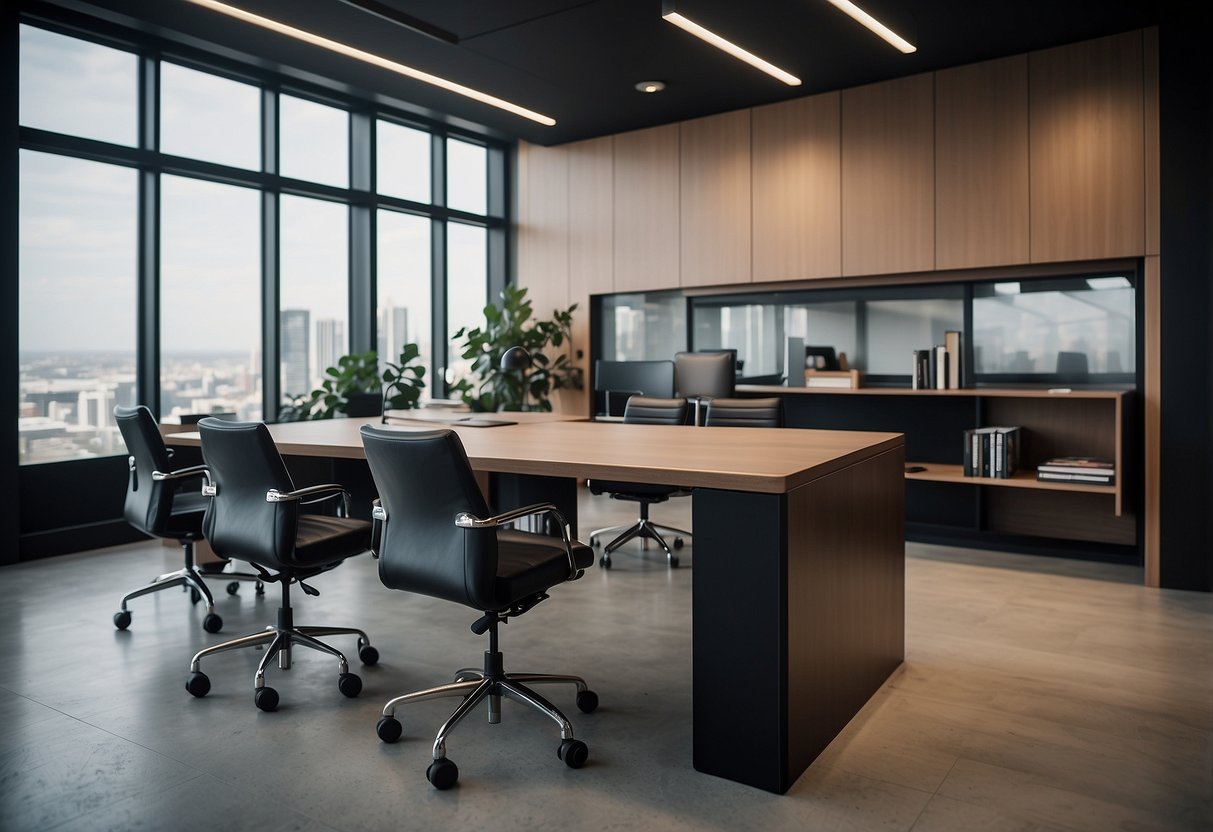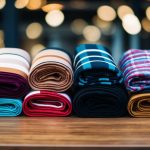
Dressing for success in the modern workplace can be a game-changer for professionals aiming to stand out. Understanding the nuances of professional attire ensures that you make a strong impression from the very first meeting. Whether you’re navigating a corporate environment or a more casual office setting, your wardrobe choices reflect your attention to detail and your commitment to your role.
Each industry has its norms, but certain principles transcend all professional settings. Smart, well-fitted clothing not only enhances your appearance but also boosts your confidence. Investing in quality pieces that can be mixed and matched can simplify your daily routine and maintain a polished look throughout the workweek.
Beyond the basic suit-and-tie, incorporating subtle trends and personal touches into your attire can set you apart. Accessories, color schemes, and even footwear choices play crucial roles in creating a cohesive, professional image. By thoughtfully curating your wardrobe, you send a clear message about your professionalism and dedication.
Understanding Workplace Dress Codes
Workplace dress codes set expectations for appearance and contribute to the professional environment. These guidelines vary from business casual to business professional, and even more relaxed dress policies like Casual Fridays.
Differentiating Business Casual and Business Professional Attire
Business casual is more relaxed than business professional, allowing for more personal expression while still maintaining a polished look. Typical business casual items include collared shirts, dress pants or slacks, skirts, and blouses. Footwear is usually limited to dress shoes or conservative styles.
Business professional attire is more formal and includes suits, ties, dress shirts, and often polished leather shoes. Women might wear tailored dresses, blazers, and closed-toe heels. This style is common in environments where a high level of professionalism is required, such as law firms and corporate offices. Understanding these distinctions helps individuals dress appropriately for various professional settings.
Navigating Casual Fridays and Relaxed Dress Policies
Casual Fridays allow employees to dress down from the usual business attire while still maintaining a professional appearance. This might include wearing jeans, casual tops, and sneakers, provided they are tidy and suitable for the office environment. The key is to balance comfort with a respectable look.
Relaxed dress codes are more flexible but still require mindfulness about what is considered appropriate. Even in a casual dress code, avoiding overly casual items like flip-flops, shorts, and overly graphic tees is important. Each workplace may have unique standards, so paying attention to specific guidelines and observing colleagues’ attire can provide additional insight into what is acceptable.
Building a Professional Wardrobe
A well-curated professional wardrobe combines versatility with quality pieces. It emphasizes essential clothing items that can be mixed and matched and prioritizes investment in durable and well-made accessories and suits.
Selecting Essential Pieces for Versatility
A functional professional wardrobe starts with selecting essential pieces that can be worn in various combinations. Key items include suits, dress shirts, blouses, and khakis. Suits in neutral colors like black, navy, and gray form the foundation, easily paired with different shirts. Crisp white and light-colored dress shirts or blouses are versatile and suited for formal and semi-formal occasions.
Khakis offer a slightly more casual yet professional look, ideal for business-casual environments. A few well-chosen accessories, such as ties, scarves, and belts, can enhance these basic items, adding a touch of personality and style. Emphasis should be on clothing that transitions seamlessly from one setting to another, maintaining a polished appearance throughout the workday.
Investing in Quality Over Quantity
Investing in quality pieces over a large quantity is pivotal in building a professional wardrobe. Higher-quality clothing, though sometimes more expensive, tends to last longer and often fits better, enhancing the overall professional appearance. Well-made suits crafted from durable fabrics maintain their shape and look refined over time.
Dress shirts and blouses made of high-quality materials resist wear and tear better and often have superior stitching and finishes. Accessories like belts and handbags should also be selected with an eye for craftsmanship to ensure they enhance rather than detract from the overall look. Quality over quantity ensures a professional wardrobe that is durable and stylish, creating a lasting impression.



